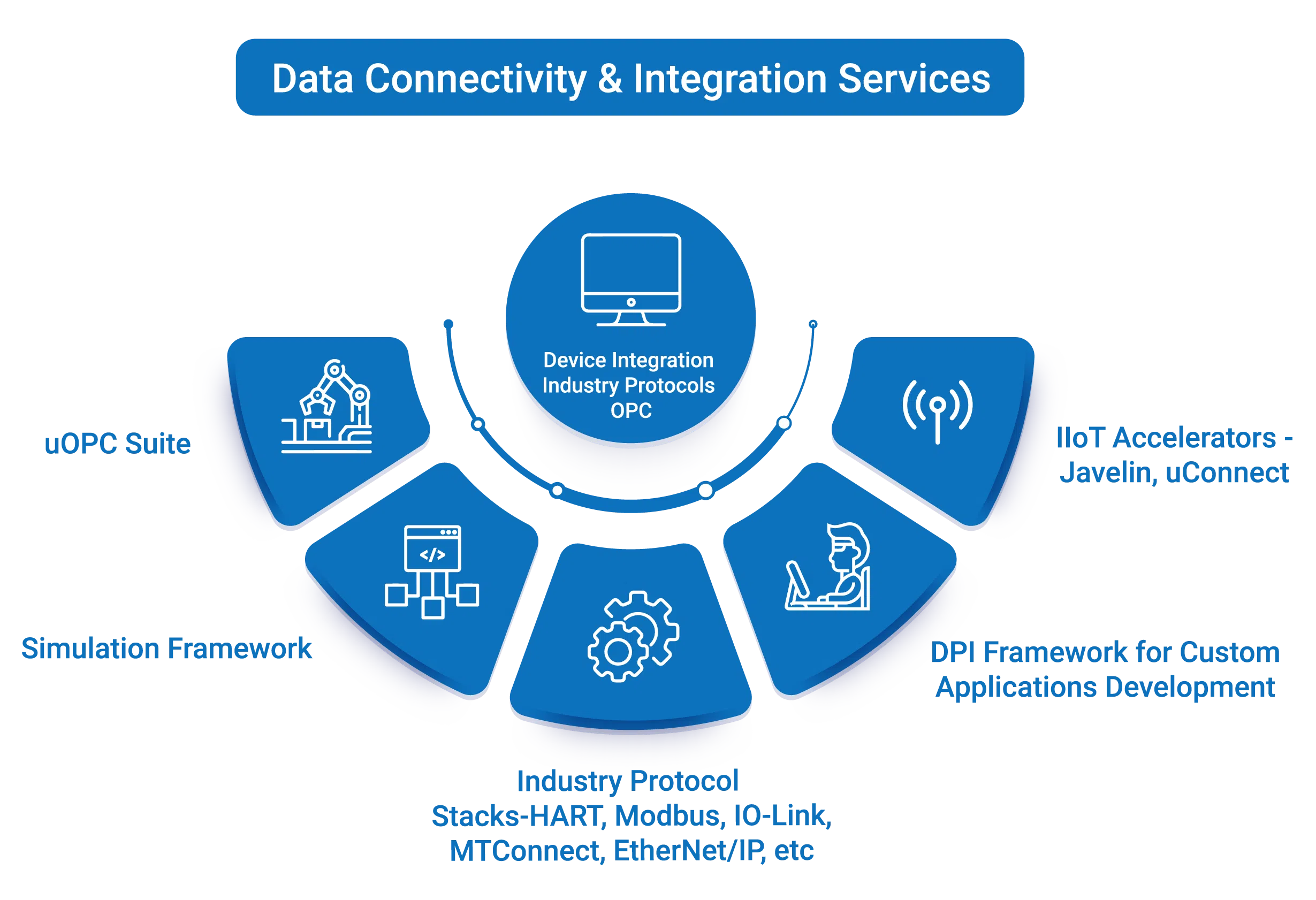In today’s fast-paced digital world, effective communication and collaboration are crucial for businesses to thrive. With the rise of remote work and global teams, the demand for seamless video conferencing solutions has never been higher. Session Initiation Protocol (SIP) has emerged as a powerful tool for enhancing collaboration through video conferencing. In this article, we’ll explore the significance of SIP in video conferencing and delve into the role of SIP providers in delivering reliable and scalable solutions.
Understanding SIP: Facilitating Seamless Communication
SIP, or Session Initiation Protocol, is a communication protocol used for initiating, maintaining, and terminating real-time sessions, such as voice and video calls, over the internet. It provides a framework for signaling and controlling multimedia communication sessions, making it an ideal choice for video conferencing solutions.
At its core, SIP enables users to establish connections and communicate across different devices and networks. It works in conjunction with other protocols, such as RTP (Real-time Transport Protocol) for transporting audio and video data, to deliver a seamless communication experience.
The Benefits of SIP for Video Conferencing
- Scalability: SIP-based video conferencing solutions offer scalability, allowing businesses to expand their communication infrastructure as needed. Whether accommodating a small team or a large enterprise, SIP can easily adapt to varying user demands.
- Interoperability: One of the key advantages of SIP is its interoperability with other communication systems and devices. It enables seamless integration with existing VoIP (Voice over Internet Protocol) systems, PSTN (Public Switched Telephone Network) networks, and even legacy communication systems, ensuring compatibility across different platforms.
- Flexibility: SIP offers flexibility in terms of device and network compatibility. Users can initiate video conferences from desktop computers, laptops, smartphones, or dedicated video conferencing hardware. Additionally, SIP supports various network configurations, including LAN (Local Area Network), WAN (Wide Area Network), and VPN (Virtual Private Network), making it suitable for both on-premises and remote communication.
- Cost-effectiveness: By leveraging SIP for video conferencing, businesses can achieve cost savings compared to traditional conferencing solutions. SIP-based services typically involve lower setup and maintenance costs, as well as reduced expenses associated with long-distance communication.
- Enhanced Collaboration Features: SIP enables the integration of advanced collaboration features into video conferencing solutions. From screen sharing and file sharing to interactive whiteboards and virtual breakout rooms, SIP-powered platforms empower users to collaborate effectively in real-time, regardless of their geographical location.
The Role of SIP Providers: Delivering Reliable Solutions
SIP providers play a crucial role in delivering reliable and scalable video conferencing solutions to businesses of all sizes. These providers offer a range of services, including SIP trunking, hosted PBX (Private Branch Exchange), and cloud-based communication platforms, tailored to meet the unique needs of their clients.
- SIP Trunking: SIP trunking service providers deliver SIP-based connectivity solutions that enable businesses to route voice and video calls over the internet. By replacing traditional PRI (Primary Rate Interface) lines with SIP trunks, organizations can achieve cost savings and enjoy greater flexibility in managing their communication channels.
- Hosted PBX: Hosted PBX providers offer cloud-based phone systems that leverage SIP technology to deliver feature-rich communication solutions. These systems eliminate the need for on-premises hardware and maintenance, allowing businesses to streamline their communication infrastructure and focus on core operations.
- Cloud-based Communication Platforms: Many SIP providers offer cloud-based communication platforms that integrate video conferencing, VoIP, messaging, and collaboration tools into a single unified solution. These platforms provide businesses with a centralized hub for all their communication needs, enhancing efficiency and productivity.
- Quality of Service (QoS) Assurance: SIP providers prioritize quality of service to ensure optimal performance and reliability for video conferencing sessions. Through network monitoring, traffic management, and prioritization mechanisms, they mitigate latency, packet loss, and jitter issues, delivering a seamless communication experience.
- Security and Compliance: SIP providers implement robust security measures to protect sensitive data and ensure compliance with industry regulations. Encryption, authentication, and access control mechanisms safeguard communications against unauthorized access and malicious attacks, instilling confidence in users regarding the confidentiality and integrity of their interactions.
Conclusion: Empowering Collaboration with SIP
In conclusion, SIP plays a pivotal role in enhancing collaboration through video conferencing by providing scalability, interoperability, flexibility, cost-effectiveness, and advanced collaboration features. SIP providers play a crucial role in delivering reliable and secure communication solutions tailored to the unique requirements of businesses. By leveraging SIP technology and partnering with trusted providers, organizations can foster seamless communication and collaboration, driving productivity and innovation in today’s dynamic business landscape.



